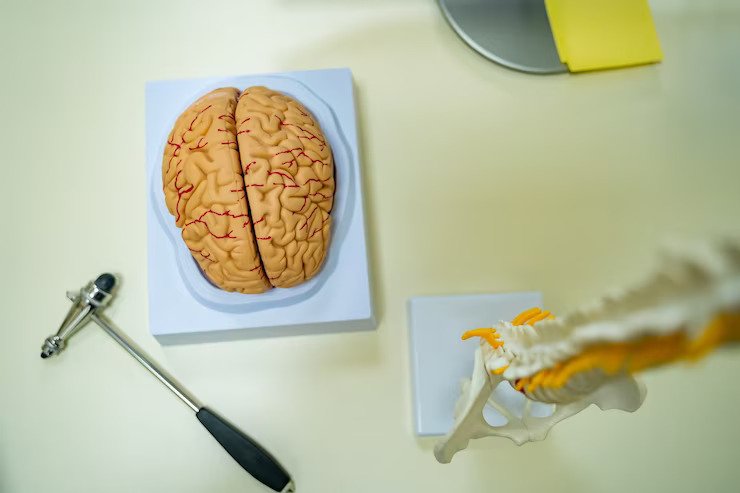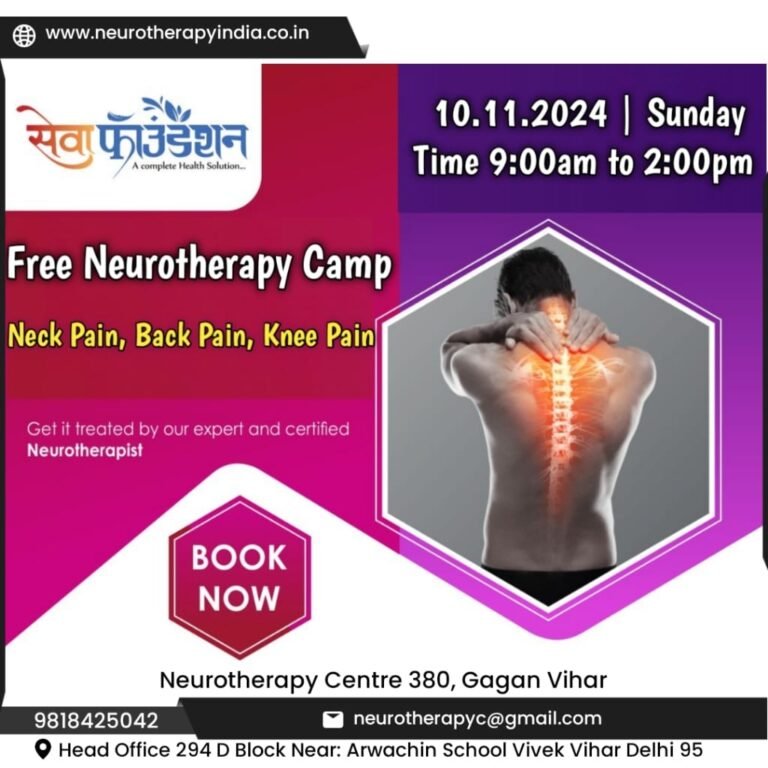Neurotherapy Equipment And Technology: Tools Of The Trade
Neurotherapy, also known as neurofeedback or biofeedback therapy, has emerged as a promising approach for addressing a variety of neurological and psychological conditions. Central to the effectiveness of Neurotherapy is the specialized equipment and technologies used to monitor and modulate brain activity in real-time. From electroencephalography (EEG) systems to neurostimulation devices, these tools play a crucial role in assessing brain function, providing feedback, and facilitating neuroplasticity. This article explores the advancements in Neurotherapy equipment and technology, highlighting their capabilities, applications, and implications for clinical practice.
Electroencephalography (EEG) Systems
At the heart of neurotherapy lies the electroencephalogram (EEG), a non-invasive technique for recording electrical activity in the brain. EEG systems consist of electrodes placed on the scalp to detect and measure brainwave patterns, which reflect different states of consciousness, arousal, and cognitive function. Modern EEG systems utilize advanced sensors and amplifiers to capture and process EEG signals with high precision and reliability.
One of the key advancements in EEG technology is the development of quantitative EEG (qEEG) analysis, which involves the computational analysis of EEG data to identify patterns associated with specific neurological conditions. qEEG analysis provides valuable insights into brain function and can inform treatment protocols tailored to individual patients’ needs.
Neurofeedback Devices
Neurofeedback devices are specialized tools that provide real-time feedback on brainwave activity, allowing individuals to learn how to self-regulate their brain function. These devices typically consist of EEG sensors, signal processing software, and visual or auditory feedback mechanisms. During a neurofeedback session, individuals receive feedback based on their brainwave activity, with the goal of promoting desirable brainwave patterns associated with improved cognitive function, emotional regulation, and behavioral outcomes.
Recent advancements in neurofeedback technology have led to the development of portable and user-friendly devices that allow for home-based neurofeedback training. These devices enable greater accessibility and convenience for patients, facilitating more frequent and personalized Neurotherapy interventions.
Neurostimulation Devices
Neurostimulation devices deliver targeted electrical or magnetic stimulation to specific areas of the brain, modulating neuronal activity and promoting neuroplasticity. Transcranial magnetic stimulation (TMS) and transcranial direct current stimulation (tDCS) are two commonly used neurostimulation techniques in Neurotherapy.
TMS involves the application of magnetic pulses to the scalp to induce changes in cortical excitability and neuronal firing patterns. It has been used to treat a variety of neurological and psychiatric conditions, including depression, anxiety, and chronic pain.
tDCS delivers low-intensity electrical currents to the scalp using electrodes, modulating cortical excitability and synaptic activity. It has shown promise in enhancing cognitive function, learning, and memory, as well as reducing symptoms of depression and other mood disorders.
Virtual Reality (VR) and Augmented Reality (AR)
Virtual reality (VR) and augmented reality (AR) technologies are increasingly being integrated into neurotherapy protocols to enhance engagement, immersion, and therapeutic outcomes. VR and AR systems provide immersive environments and interactive experiences that can be customized to target specific cognitive and behavioral objectives.
In Neurotherapy, VR and AR technologies are used to simulate real-world scenarios, provide exposure therapy for anxiety disorders, and facilitate cognitive rehabilitation exercises. These technologies offer a safe and controlled environment for patients to practice coping skills, overcome phobias, and improve cognitive function in a supportive and engaging manner.
Implications for Clinical Practice
The advancements in neurotherapy equipment and technology have significant implications for clinical practice, offering healthcare providers new tools and modalities for treating a wide range of neurological and psychological conditions. These technologies enable personalized and adaptive interventions that target the underlying neurobiological mechanisms of disease, leading to more effective and sustainable outcomes for patients.
However, integrating advanced neurotherapy equipment and technology into clinical practice requires specialized training, expertise, and resources. Healthcare providers must stay abreast of the latest developments in Neurotherapy technology and undergo comprehensive training to ensure the safe and effective use of these tools in patient care.
Conclusion
The advancements in neurotherapy equipment and technology represent a paradigm shift in the treatment of neurological and psychological disorders, offering new possibilities for enhancing brain function and promoting mental health. From EEG systems and neurofeedback devices to neurostimulation techniques and immersive technologies, these tools of the trade hold immense potential for improving the lives of individuals with neurological and psychological conditions. By harnessing the power of technology and innovation, Neurotherapy is poised to revolutionize the field of mental health and neuroscience, ushering in a new era of personalized and precision medicine.








